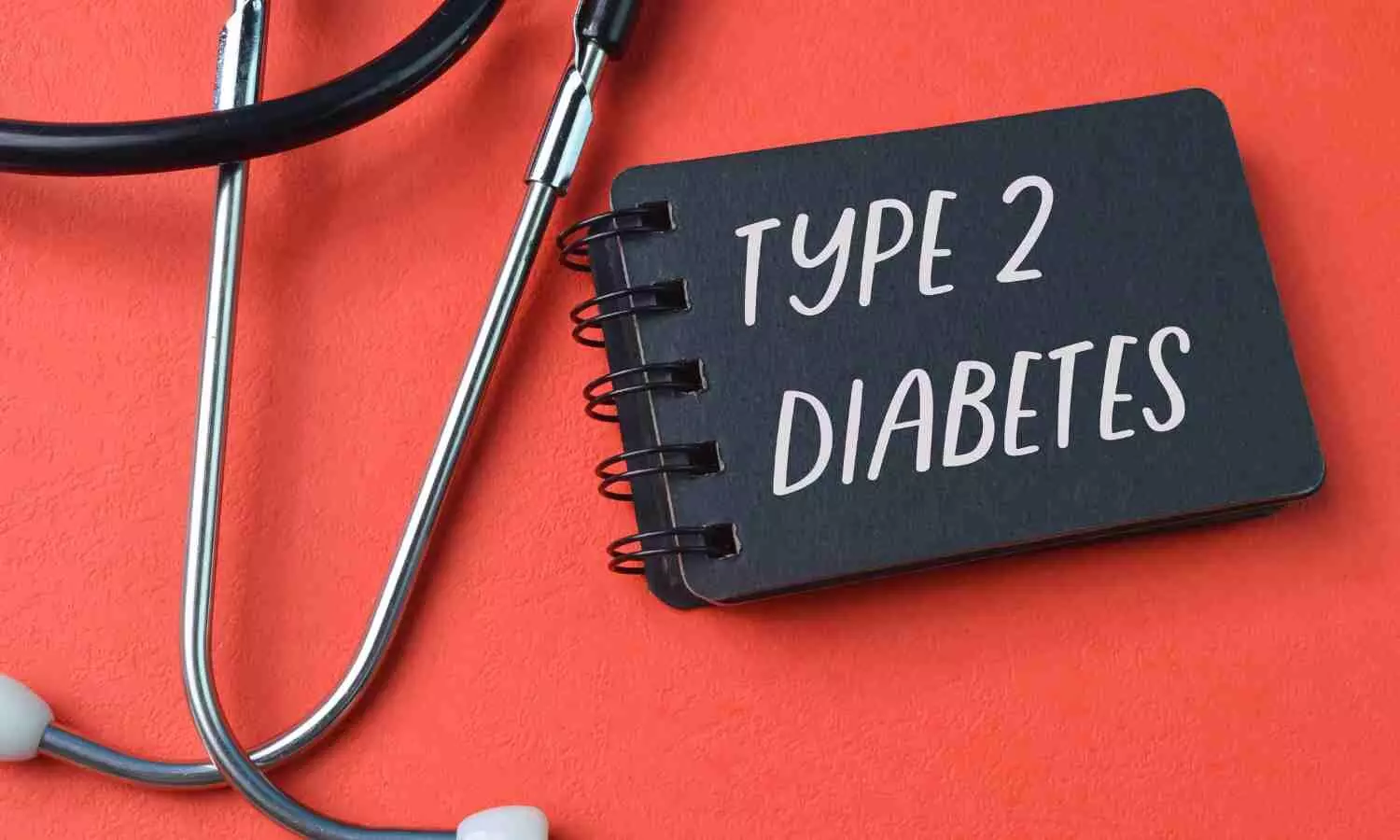Apitegromab improves motor function of patients with spinal muscular atrophy, reveals study

Spinal muscular atrophy (SMA) is a debilitating genetic disorder characterized by muscle weakness and degeneration that often leading to severe disability and shortened lifespan. A new therapy called apitegromab for patients revealed promising results in a recent phase 2 clinical trial published in the Neurology Journal.
Apitegromab is an investigational fully human monoclonal antibody that works by inhibiting myostatin that regulates skeletal muscle growth. Unlike the currently approved therapies for SMA that mainly focus on reversing degeneration, apitegromab targets the preservation of muscle mass to address the underlying impairment caused by neurodegeneration.
The phase 2 TOPAZ trial evaluated the safety and efficacy of apitegromab in individuals with later-onset type 2 and type 3 SMA. The study explored potential eligibility criteria and treatment regimens for future research that involved three cohorts of participants aged from 2 to 21 years. The trial was conducted across 16 sites in the United States and Europe that revealed promising results. 58 participants received apitegromab infusions every four weeks for 12 months. The primary efficacy measure using the Hammersmith Functional Motor Scale demonstrated improved motor function in participants across all cohorts.
The participants in cohort 3, who received apitegromab in combination with nusinersen showed the most significant improvement. At 12 months, the mean scores increased by 5.3 points for the 2-mg/kg arm and 7.1 points for the 20-mg/kg arm. Also, this therapy demonstrated a favorable safety profile with no deaths or serious adverse reactions reported.
These encouraging outcomes support the advancement of apitegromab into a randomized, placebo-controlled phase 3 trial for SMA patients. If successful, apitegromab could offer the much-needed treatment option that halts disease progression and further improves motor function by enhancing the quality of life for individuals living with SMA.
Source:
Crawford, T. O., Darras, B. T., Day, J. W., Dunaway Young, S., Duong, T., Nelson, L. L., Barrett, D., Song, G., Bilic, S., Cote, S., Sadanowicz, M., Iarrobino, R., Xu, T. J., O’Neil, J., Rossello, J., Place, A., Kertesz, N., Nomikos, G., & Chyung, Y. (2024). Safety and Efficacy of Apitegromab in Patients With Spinal Muscular Atrophy Types 2 and 3. In Neurology (Vol. 102, Issue 5). Ovid Technologies (Wolters Kluwer Health). https://doi.org/10.1212/wnl.0000000000209151
Powered by WPeMatico

















